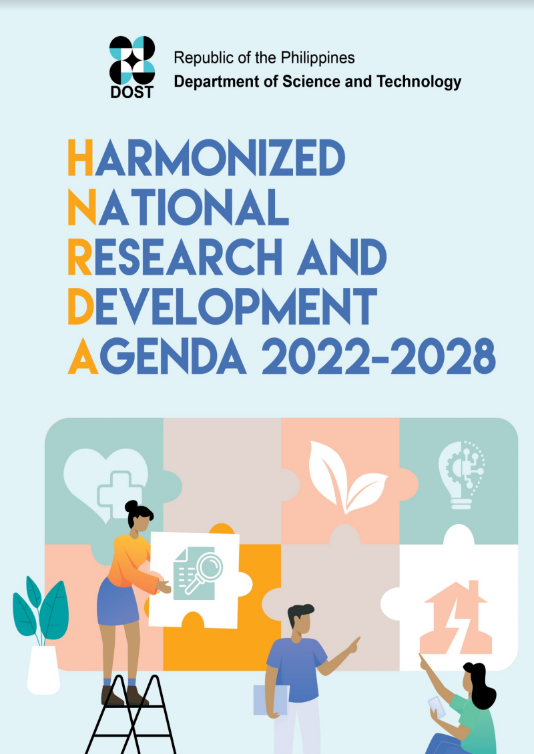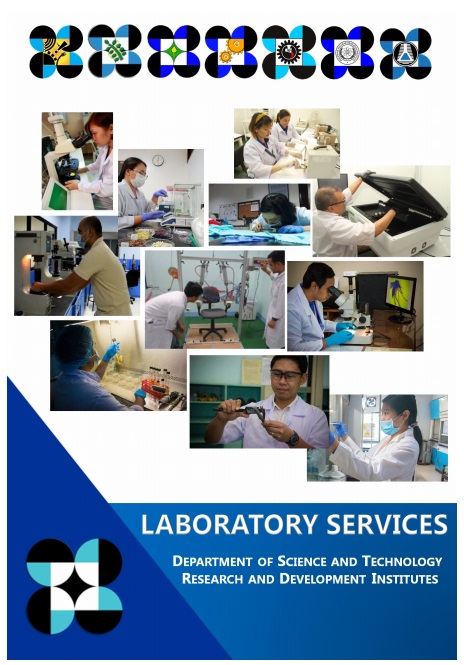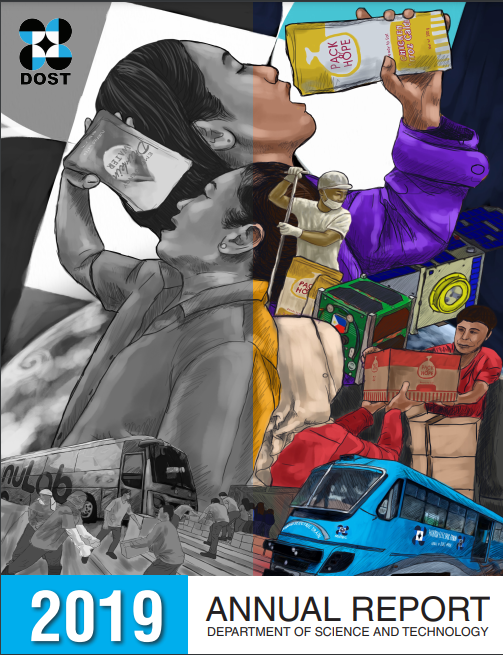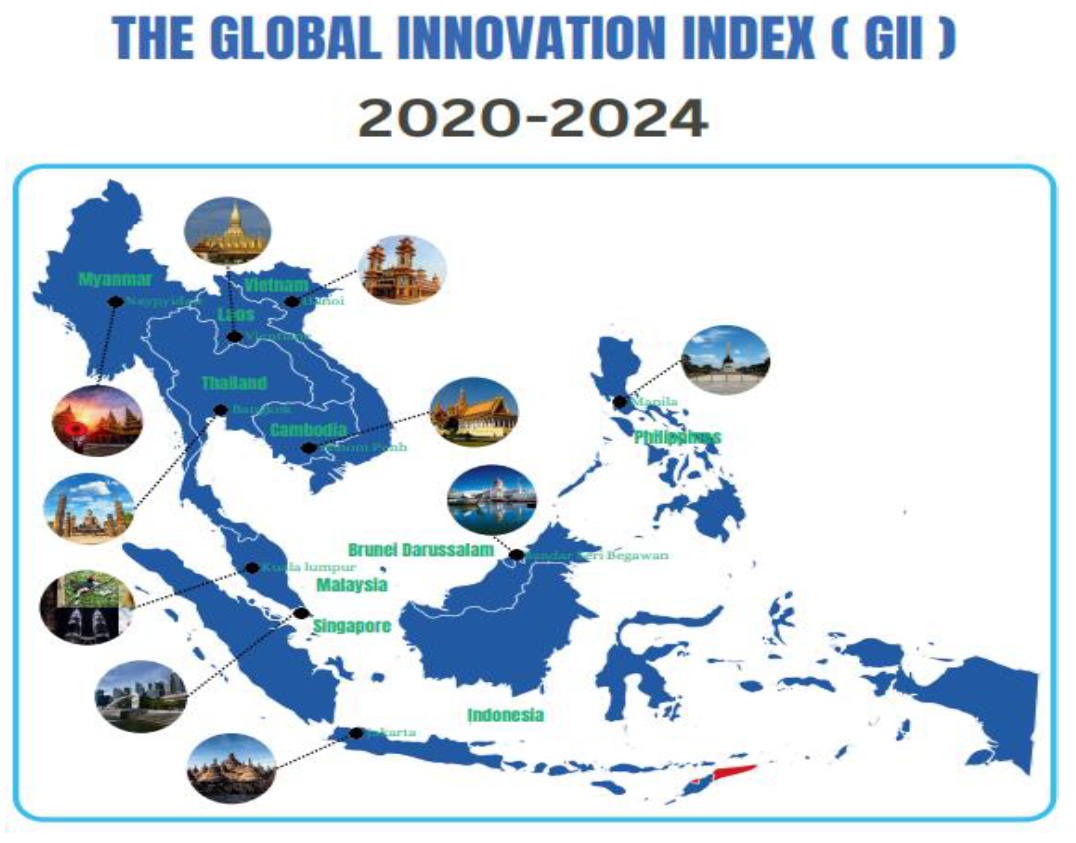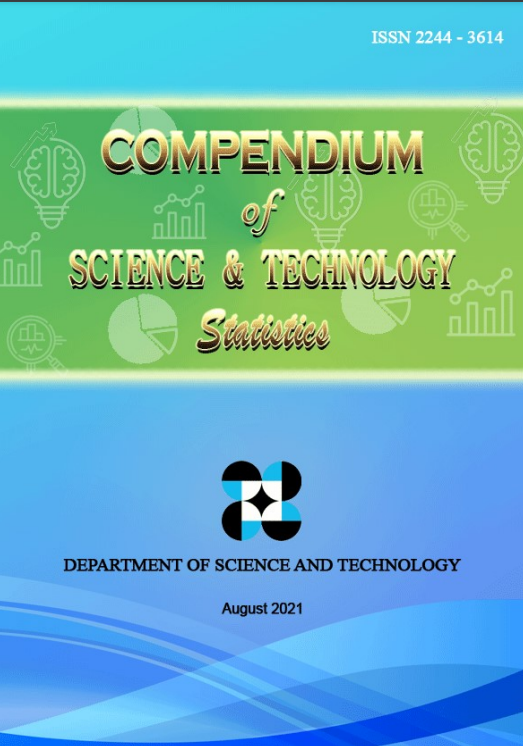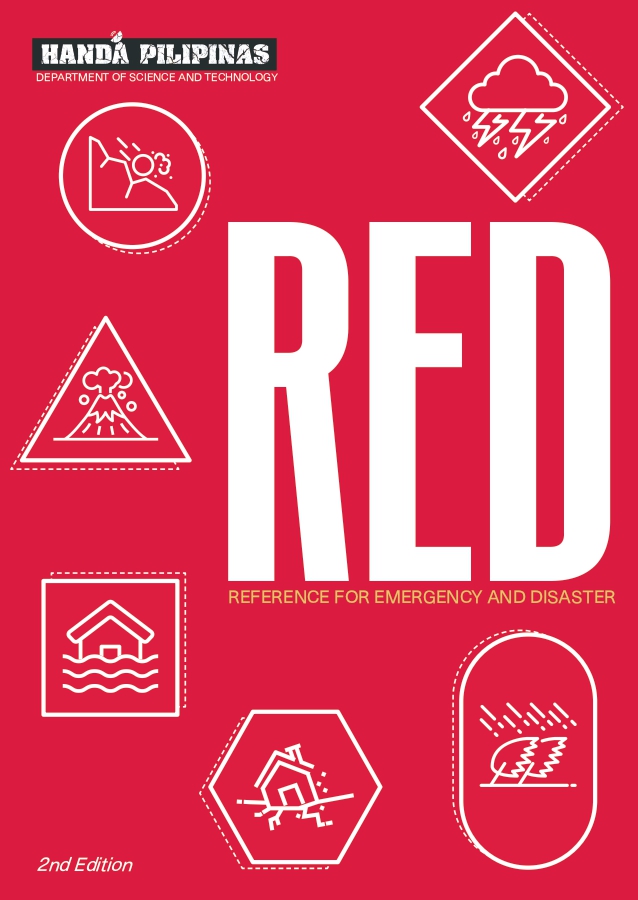Spotting Jupiter
- Details
- Hits: 5136
Red speck launches young Pinoy’s international career in astronomy

Christopher Go with his Celestron C11 mounted on AP900GTO

Go’s famous Red Spot Junior image
Feb 25, 2006, 4:45 AM (Universal Date: Feb 24): While most part of the country was still in dreamland, Christopher Go, a Cebu-based astrophotographer jolted out of his bed. “I’m late!” he yelped, noting he was 45 minutes behind schedule that day to image planet Jupiter.
It was one of those peculiar times when the late bird catches the worm. Using his telescope and imaging camera, it was the perfect time for Chris to catch a small red spot on Jupiter’s surface just as it was rising. “It was fortuitous,” he admitted. Had he been earlier, he would not have captured the birth of the new red spot, now known as Red Spot Jr.
He alerted the members of Association of Lunar and Planetary Observers about his discovery, which was later confirmed by Richard Schmude of ALPO’s Jupiter section. After a week, Chris’s discovery was all over the world news. It was Tony Philips of Spaceweather.com who coined the name Red Spot Jr. or Red Jr.
For his discovery, this 1991 B.S. Physics graduate of the University of San Carlos in Cebu received ALPO's 2008 Walter Haas Award and a Presidential Medal of Merit from President Gloria Arroyo. Earlier, Chris was accepted as a member of the American Astronomical Society and its Division for Planetary Sciences.
RP hosts Forum for Nuclear Cooperation in Asia on its 37th Atomic Energy Week celebration
- Details
- Hits: 5645

RP hosts Forum for Nuclear Cooperation in Asia on its 37th Atomic Energy Week celebration. Department of Science and Technology’s Philippine Nuclear Research Institute welcomes project leaders of the Public Information of Nuclear Energy from Bangladesh, China, Indonesia, Japan, Korea, Malaysia, Thailand, Vietnam, and the Philippines who were impressed by an array of radiation-induced ornamental plants. Welcoming the delegation are PNRI-DOST Director Alumanda dela Rosa (second from right) and Dr. Sueo Matchi (5th from left), Coordinator of Japan for the Forum for Nuclear Operation in Asia which co-sponsors the event. Various activities are lined up for the week-long celebration that runs Dec 7-11, 2009, including exhibits, technical sessions, and public seminar at PNRI Auditorium, Commonwealth Avenue, Quezon City. (Framelia V. Anonas, S&T Media Service)
How future, greener homes look
- Details
- Hits: 5061
Technology enriched with human creativity plus a noble calling guide a group of young architects, home designers, artists, and structural engineers called the BLOC in exploring invention and innovations through modular type homes with green undertone as value added.
“Everybody wants to be part of Bahay Kalinga. But maybe in my thought, we can build greener, better homes for the homeless for a change by using technology in today’s modern day modular type houses,” explained Philipp Purino, the brains behind Modular Impermanent Building System (MIBS).
MIBS is an innovative do-it-yourself, reusable, and transferable main frame building system similar to the principles of Lego blocks. It is a nuts-and-bolts-free type of building system yet sturdy, which can be attributed to the strategic structural design of its main frame system.
The main frame system is a set of steel frames that forms the structural appearance of the house. It can be compared to a human skeleton.
ASEAN ministers note progress in APAST flagship programs in 13th AMMST
- Details
- Hits: 14706
As a continuing effort in reinforcing the role of science and technology in the ASEAN region, the 13th ASEAN Ministerial Meeting on Science and Technology (AMMST) was held last 06-07 November 2009 in Singapore. The ASEAN S&T Ministers reviewed and discussed the progress of the various projects stemming from the ASEAN Plan of Action on Science and Technology (APAST) and other initiatives that contribute to the building of the ASEAN region.
The APAST identifies Flagship Programmes and their respective lead countries, namely: Biofuels (Malaysia), Early Warning System for Disaster (Indonesia), Open Source System (Indonesia), Functional Food (Thailand), Health (Singapore), and Climate Change (Philippines/Viet Nam).
The Ministers lauded the efforts of the lead countries in finalizing the roadmaps. They tasked the ASEAN Committee on Science and Technology (COST) to develop the groundwork for its implementation. Moreover, the Ministers directed the ASEAN COST to use the ASEAN Science Fund (ASF), which currently has reached 93% of the total expected target of USD 10 million to support the implementation of the roadmaps.
The 13th AMMST, chaired by H.E. S. Iswaran, Senior Minister of State for Trade and Industry of Singapore, was attended by S&T Ministers and Senior Officials from the 10 ASEAN Member Countries. H.E. Dato’ Misran Karmain, Deputy Secretary General of ASEAN, also attended the meeting. It was held back to back with the 58th Meeting of the ASEAN COST and its different Sub-Committees.
The Ministers are set to meet in the 6th Informal AMMST to be held in Thailand in November 2010.













